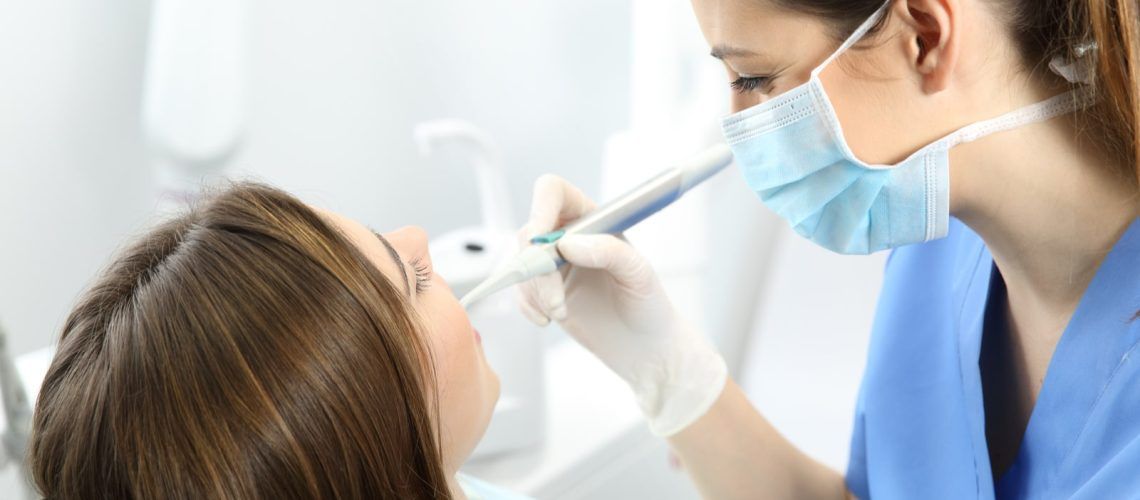Irrigation is an essential part of endodontic and restorative care. This process eliminates the presence of decay and infection in your tooth during treatment. It is particularly important when receiving endodontic care, the most common form is the root canal. There are multiple parts of irrigation that make it an effective part of your dental care process. In the earliest days of irrigation, water picks and rotary instruments were key components of the process. Modern solutions have introduced new techniques for handling challenging irrigation problems. These techniques improve the rate of success and the patient experience during treatment.
What Is Required In A Great Irrigation Agent
The goal of irrigation is the removal of debris and the elimination of bacteria and infection within the treatment area. This is important both in restorative treatments and endodontic approaches such as a root canal. When new irrigation mediums were being developed, there were a few requirements they had to meet to be appropriate:
- Non-toxic and hypoallergenic were essential to ensure that they were safe for the patient in both the immediate and long term.
- Antimicrobial – They needed to be able to prevent the growth of bacteria and other microbes within the treatment site.
- Specifically Caustic – While they had to be gentle enough to use on the patient’s tooth, they also had to have the ability to dissolve pulp tissue. This ensures they can remove infected tissue and prepare the tooth for receiving care.
It took significant effort and trial and error to ensure that substances met these criteria. Eventually, three different chemical irrigation agents won out. Each of these meets the requirements and is part of an effective irrigation treatment:
- NaOCL – This substance, also known as sodium hypochlorite, is an effective antimicrobial that can dissolve pulp tissue. The only drawback it has is an inability to differentiate between unhealthy and healthy tissue. This requires the dentist to take precautions when using it on the treatment site.
- EDTA – This irrigation agent is combined with NaOCL to break down demineralized calcium and dentin within the treatment site. It’s also slick enough to be an effective lubricant and can eliminate plaque and tartar within the treatment site.
- CHX – This is an antiseptic that is capable of breaking down cell walls, resulting in bacteria dying instantly. It can also bind to dentin and provide this same protection to the teeth for months to come. It can’t remove biofilms or necrotic pulp. This means that CHX, or chlorhexidine gluconate, is used in the second stage of the irrigation process.
These three irrigation agents are important parts of your treatment.
Learn More About Irrigation From Your Dentist
Reach out to your dental provider to get more information about the irrigation process. They’ll be happy to talk over the process and help you understand this important part of your care. Being an active patient requires being inquisitive about the treatment and care you will receive. Start down your road to being an educated patient by reaching out today!



